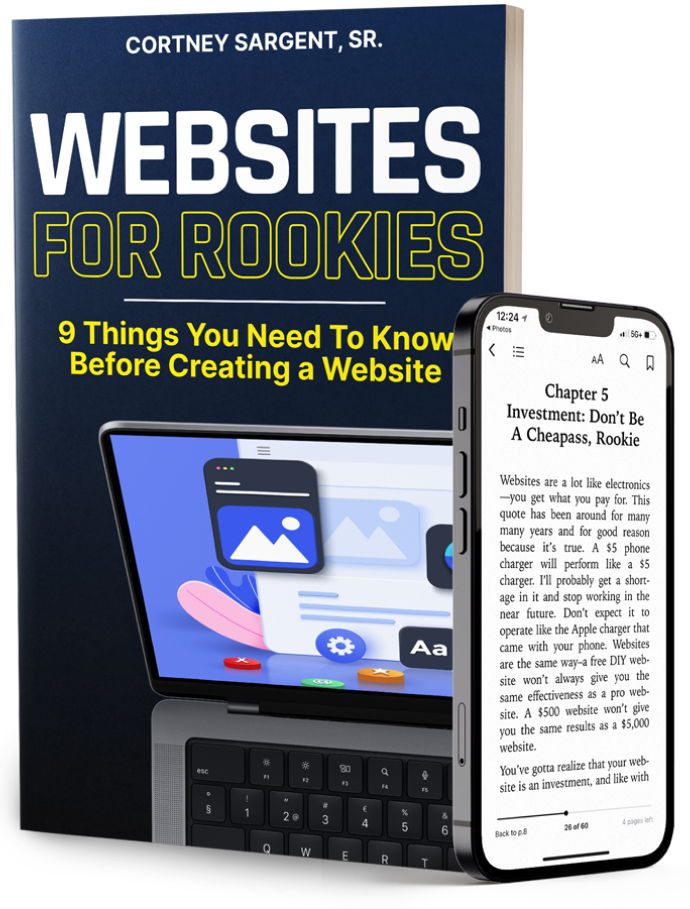Author: Caron Beesley – Small Business Administration
Starting a business? Confused about the planning, legal and regulatory steps you should follow?
Did you know that home based businesses are required to hold permits to operate legally in most states? What about incorporation? Many new businesses assume they need to incorporate or become an LLC from the get go– but the truth is, more than 70 percent of small businesses are owned by unincorporated sole proprietors (although even this group is required to register their businesses).
So, variables aside, there are still some fundamental steps that any business needs to follow to get started. SBA has compiled 10 steps that can help you plan, prepare, and manage your business – while taking care of the start-up legalities. Not all these steps will apply to all businesses, but working through them will give you a sense of what needs your attention and what you can check off.
Step 1 – Write a Business Plan
Yeah, yeah, you know you should write a business plan, whether you need to secure a business loan or not. The thing is, a business plan doesn’t have to be encyclopedic and it doesn’t have to have all the answers. A well-prepared plan – revisited often – will help you steer your business all along its growth curve. Try to think of your business plan as a living, breathing project, not a onetime document. Break it down into mini-plans – one for marketing, one for pricing, one for operations, and so on. Take a look at SBA’s Business Planning Guide for more ideas.
Step 2 – Get Help and Training
Starting a business can be a lonely endeavor, but there are lots of free in-person and online resources that can help advise you as you get started. Check out what‘s offered at your Small Business Development Centers, SCORE (which offers free mentoring services), Women’s Business Centers, or your local SBA office.
Step 3 – Choose Your Business Location
Where you locate your business may be the single most important decision you make. Many factors come into play such as proximity to suppliers, the competition, transportation access, demographics, and zoning regulations. Check out SBA’s Tips for Choosing a Business Location and this blog: How to Choose the Best Location for your Business.
Step 4 – Understand Your Financing Options
You may choose to bootstrap, fall back on savings, or even keep a full-time job until your business is profitable, but if you are looking for an external source of financing, these resources explain your options.
Step 5 – Decide on a Business Structure
Going it alone or forming a partnership? Thinking of incorporating? What about an LLC? How you structure your business can reduce your personal liability for business losses and debts. Some choices can give you tax benefits. To help you determine the right structure for your business, here’s an overview of your options and some information on how to file the necessary paperwork in your state and the tax implications of your decision.
Step 6 – Register Your Business Name (“Doing Business As”)
Registering a “Doing Business As” name or “trade name” is only needed if you name your business something other than your personal name, the names of your partners, or the officially registered name of your LLC or corporation. Here’s how to register your “Doing Business As” name.
Step 7 – Get a Tax ID
Not every business needs a tax ID from the IRS (also known as an “Employer Identification Number” or EIN), but if you have employees, run a business partnership, a corporation or meet certain IRS criteria, you must obtain an EIN from the IRS. You’ll also need to start paying estimated taxes to the IRS; Read this blog that explains more about this process.
Step 8 – Register with Tax Authorities
Employment taxes, sales taxes, and state income taxes are handled at the state level. Learn more about your state’s tax requirements and how to comply.
Step 9 – Apply for Permits and Licenses
All businesses, even home-based businesses, need a license or permit to operate. Here’s a guide that explains more and includes a handy “Permit Me” tool that lets you determine what your permit and licensing needs are, based on your zip code and business type.
Step 10 – Hiring Employees
If you’re hiring employees, follow these 10 steps. If you’re working with a contractor or 1099, read 5 Things to Know About Hiring Independent Contractors.


